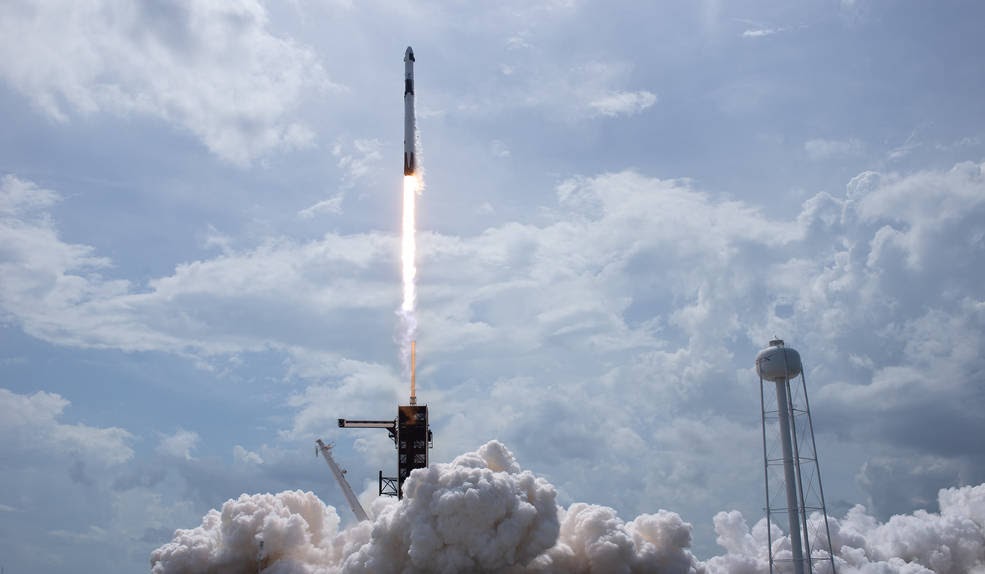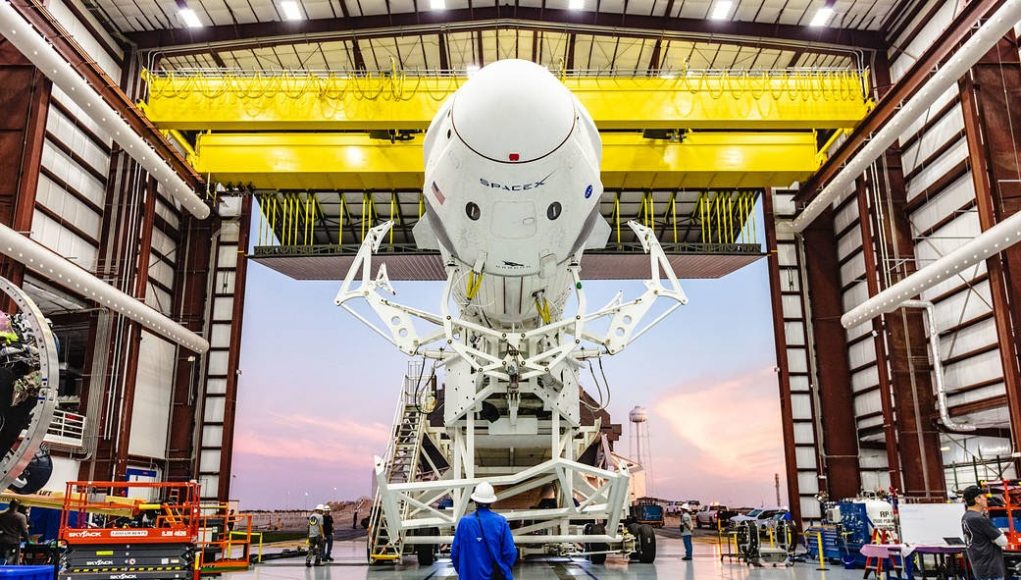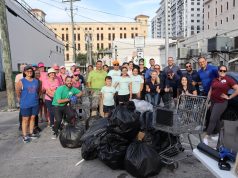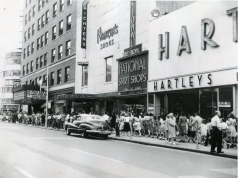When Elon Musk founded SpaceX, the company’s goal was to make affordable spaceflight a reality and revolutionize the aerospace industry.
Last month, NASA astronauts Bob Behnken and Doug Hurley successfully docked with the International Space Station following the historic launch of SpaceX’s Falcon 9 rocket.
Falcon 9 managed to take off on Saturday, May 30 at 3:22 p.m. ET. from the Kennedy Space Station and separated from the Crew Dragon capsule – where both astronauts were located – as soon as it entered the low-earth orbit, making SpaceX the first-ever private owned company to have sent astronauts to space.
“It was amazing, a moment for history,” said Mario Quintero, who traveled from Miami to Titusville, a town 13 miles away from the site, to watch the launch.
There are still many weeks of technological reviews before NASA officially designates the Crew Dragon capsule as a functional space-vehicle and begins the process of sending more astronauts into space. Also, until Behnken and Hurley return safely to Earth, last month’s mission won’t be considered a success. Their journey home will be as dangerous as their ride to the ISS.
SpaceX’s Falcon 9 launch, however, is a significant milestone for Elon Musk’s company and NASA. Once this mission is completed, both organizations can turn to bigger ambitions. One of them is the commercialization of low-earth orbit.

“I think it’s phenomenal to see low-earth orbit transportation becoming commercialized,” said Abigail Harrison, founder of The Mars Generation, a nonprofit organization that aims to excite youth about space and STEM subjects. “This commercialization will allow more people to have the opportunity to experience space, will increase technological capabilities and innovations, and will allow governmental space agencies to shift the focus towards more distant goals, such as returning to the moon and sending astronauts to Mars!”
NASA astronauts have been traveling to Russia to train on the country’s Soyuz spacecraft since the Space Shuttle program ended in 2011. Those seats cost $90 million each.
However, instead of recreating the Space Shuttle program, NASA asked the private sector to develop a craft capable of safely taking astronauts to space. That’s why in 2014, the agency awarded $4.2 billion to the privately-owned company Boeing to build its Starliner vehicle, and $2.6 billion to SpaceX, which planned to create a new version of the Dragon spacecraft that was already flying cargo to and from the ISS.
NASA explained that these companies could lower costs and incentivize innovation. The agency would have more time and resources to focus on exploring the solar system.
“I think that it’s certainly a step in the right direction,” said the Mars Generation’s Harrison, who is sometimes called Astronaut Abby. “Cheaper, more efficient, more accessible, and more frequent space transportation will be a necessity to humans ever becoming a multi-planet species.”
In the near future, the Crew Dragon capsule is expected to begin making regular trips to and from the space station, allowing NASA to focus on staffing the ISS and on accomplishing the goal of taking the first woman and second man to the moon.
Because the Crew Dragon program is technically owned by Elon Musk’s company SpaceX, it can explore the possibility of space tourism. In fact, actor Tom Cruise is working with NASA to film a movie aboard the ISS, the space agency says.
“I absolutely think that space should be more open and accessible to a wider variety of people,” commented Harrison. “Many astronauts, after returning to Earth, have talked about how seeing Earth from space gave them a new perspective on our planet, our place in the universe, and humanity as a whole. Going to space is likely to help people care more about protecting our planet, see fewer divisions amongst ourselves, and overall broaden our horizons.”
So now the question is, when will regular people get the chance to take a “taxi ride” to space?
“It’s hard to say for sure, but my best guess is within the next decade or two,” said Harrison.
































